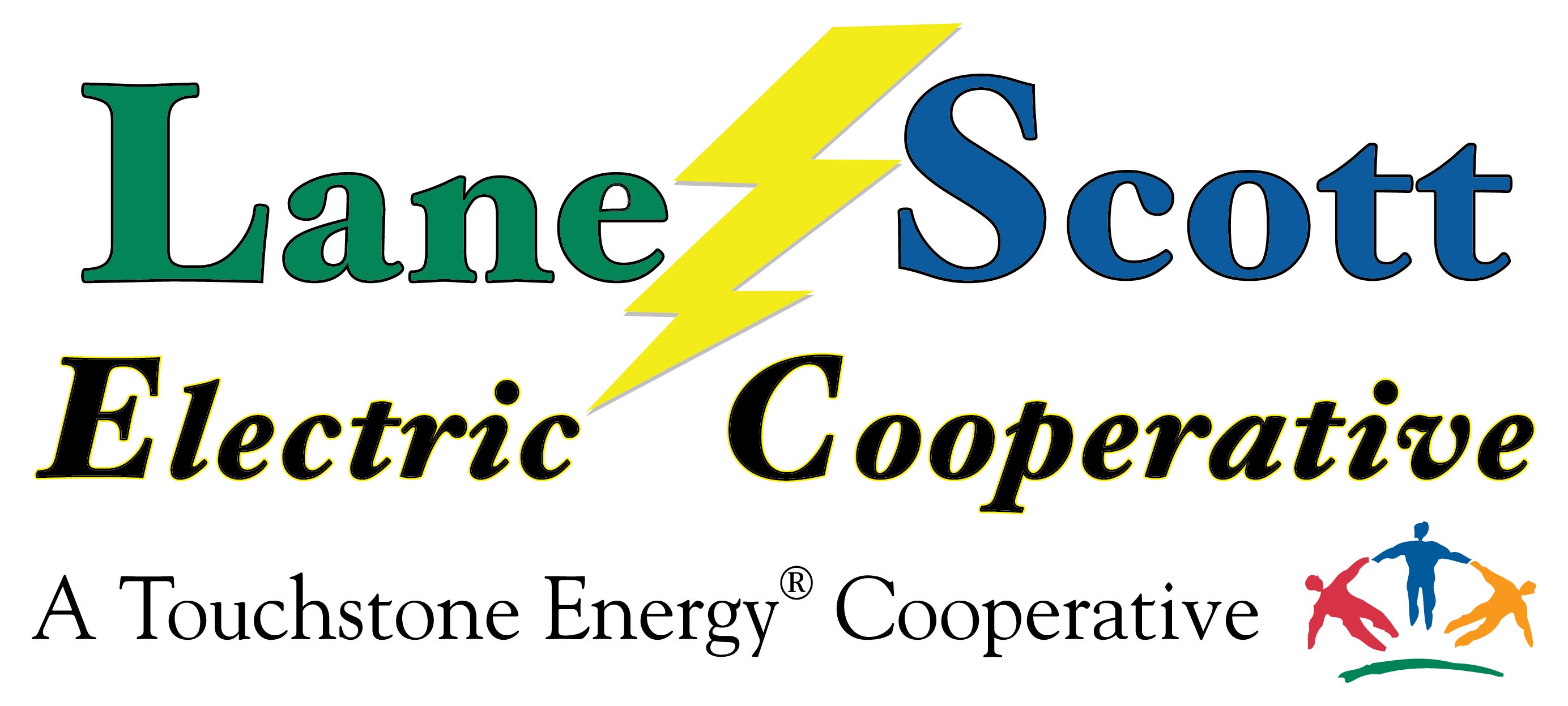Lane-Scott Electric Rates
| Schedule | Description |
Billing Codes |
| RS-24 | Residential Service_RS-24.pdf |
010-012, 015, 020 |
|
HP-24 |
Residential Heat Pump Rider_HP-24.pdf |
016 |
| RPP-24 | Residential Pre-Paid Service_RPP-24.pdf |
023 |
| GSS-24 | General Service Small_GSS-24.pdf |
040-042,045,047,049 |
| GSL-24 | General Service Large_GSL-24.pdf |
050-053, 055-057. 059 |
| LI-24 | Large Industrial_LI-24.pdf |
085, 086 |
| IS-24 | Irrigation Service_IS-24.pdf |
030 |
| ND-24 | Non Domestic_ND-24.pdf | 018 |
|
ID-24 |
Idle Service_ID-24.pdf | 090 |
| AF-24 | Fairgrounds and Athletic Field Lighting_AF-24.pdf | 021 |
| VSL-24 | Village Street Lighting_VSL-24.pdf | 060 |
| PSL-24 | Private Area Lighting Services_PSL-24.pdf | |
|
|
||
| PGR-24 | PARALLEL GENERATION RIDER_PGR-25_Rev. June 2025.pdf | 100, 101 |
| DQF-24 | QUALIFYING FACILITIES and DISTRIBUTED GENERATION RIDER_DQF-25_Rev. June 2025.pdf | |
| ECA-24 | Energy Cost Adjustment_ECA-24.pdf | All Rate Schedules |
| PTA-24 | Property Tax Adjustment_PTA-24.pdf |
All Rate Schedules |
| February 2021 Regulatory Asset Rider.pdf |
The below Tariff includes Utility Operations, Rates and Charges, and Service Rules and Regulations.
This Tariff, including all Service Rules, Rates, and Regulations set forth the terms and conditions under which electricity is supplied to its members by the Lane-Scott Electric Cooperative, Inc. These Rules are intended to establish a comprehensive guideline to both the Lane-Scott Electric Cooperative, Inc., and its members to assure that rates, operations, and services are just, fair, and reasonable to all concerned, and to establish the rights and responsibilities of both the member and the Cooperative.
The Kansas Legislature vested certain powers and authorities to the Board of Trustees of each electric cooperative in the electric cooperative act Article 46, 17-4601 to 17-4682. Among them is the authority to establish rates and conditions of service. These Rules and Regulations are contained herein and are to be applied uniformly and equitably to all applicants and members, regardless of race, color, religion, age, sex, nationality, veteran, marital, or handicap status.
The Lane-Scott Electric Cooperative, Inc. reserves the right to interpret and make changes to these Rules and Regulations to meet new and unforeseen conditions as deemed necessary and applicable by the Board of Trustees.
Rate Adjustment Frequently Asked Q&A's
Rate revisions are necessary to keep up with inflation to meet lendor requirements, cover plant additions, operating expenses, and pay capital credits.
A third party contractor (Guernsey) analyses the financial forecast of Lane-Scott. The current operating revenue, operating expenses, and interest on long-term debt and other reductions are analyzed. Rates must then be forecasted to cover expenses. To forecast revenue requirements there are many costs to consider.
- Operating Expenses: Rates must produce sufficient levels of cash to cover operating expenses and provide sufficient margin to realize financial objectives.
- Plant Additions - Equity Objective: Rates must produce sufficient levels of cash to pay for capital expenditures. These cash requirements depend upon the Board’s desired equity objective, capital credits refund objectives and current equity level.
- Meet Lender Requirements: Rates must produce sufficient levels of cash to maintain key operating ratios as prescribed in the Cooperative’s debt covenants.
- Maintain Cash General Funds: Rates must produce sufficient levels of cash to maintain or build general funds reserves and maintain liquidity objectives.
- Pay Capital Credits: Rates must produce sufficient levels of cash to cover capital credit payments to members based on the Boards desired rotation cycle while also maintaining equity objectives.
After the financial analysis has been completed Guernsey then looks at how each of the rate classes are performing based on each rates revenues, expenses, and rate of return to determine revenue deficiencies per rate.
Based on the nature of each rate, a recommended rate design of the energy charge (kilowatt per hour rate), monthly customer charge, or demand charge (kilowatt charge for services such General Service Large and Large Industrial meters), is provided for the boards final approval.
The costs to make electric service available to all members. These are costs that do not vary with consumption and are the same for all members within a customer class (residential, commercial, irrigation, large power, etc.)
Included Are:
- A portion of fixed costs associated with distribution plant investment (poles and wires.)
- Costs associated with the equipment and wiring to provide electric service (transformer, service drop and meter.)
- Expenses for reading meters, billing, processing payments and consumer accounting.
- Expenses for a portion of administrative and general expenses.
No, rates are not affected by the cost of wholesale power. Lane-Scott passes through the cost of wholesale power directly to our members from Sunflower Electric through the monthly Energy Charge Adjustment (ECA).
LSEC offers a number of options to help you manage your bill. Some services include automatic payment withdraw, prepay service, and budget billing to help you manage your finances. Other ways you can reduce your electricity use is by increasing the energy efficiency of your home with insulation, weather stripping, HVAC, appliances, and smart thermostats to help set your thermometer up or down when you aren’t home. There are many ways to be more energy efficient. Our website has more information and tools on our Energy Efficiency page.
Many factors can affect rates, most are unplanned and can be tied to storm damage, inflation, and stricter environmental requirements. LSEC will continue to do all in our power to minimize the impacts of any arising issues by being proactive and focusing on maintaining the reliability, quality, and integrity of our system.
